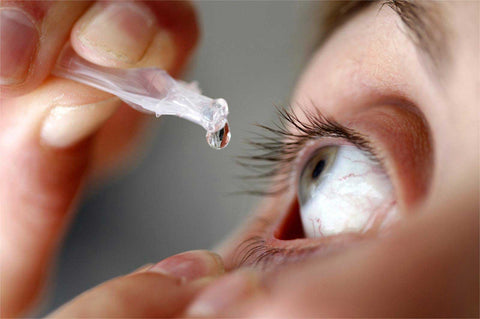What causes my contact lenses to continuously shifting?
Contact lenses have become a widely embraced and convenient substitute for traditional eyeglasses, offering clear vision without the constraints of frames. Despite their popularity, some users may experience issues like persistent shifting, discomfort, or even the lenses popping out. In this article, we will investigate the reasons behind the continuous shifting of contact lenses and discuss practical solutions to address these concerns.
What should I do if my Contact Lenses pop out?
Experiencing the sudden popping out of contact lenses can be frustrating for wearers, often due to reasons such as improper fit, dry eyes, or accidental rubbing. If you find yourself in this situation, follow these steps to address the issue.
Firstly, consider the fit of your contact lenses. They should adhere seamlessly to the surface of your cornea. If they repeatedly pop out, it may indicate an improper fit. Consult with an eye care professional for a thorough fitting, taking into account factors such as base curve (B.C.), diameter, water content, and aperture size. These considerations are crucial for ensuring comfort and visual clarity.

The base curve is essential for matching the curvature of your eye, while the diameter and water content play roles in comfort. Additionally, the aperture size influences how much light enters your eyes, preventing issues like tunnel vision. If your lenses persistently fall out, discussing these factors with your eye doctor can help identify and address the underlying causes.
What is the Base Curve of Contact Lenses?
The base curve of contact lenses is a critical factor in ensuring a comfortable and well-fitting experience. It denotes the curvature of the lens's front surface, designed to match the shape of your cornea. This alignment is crucial to prevent discomfort, shifting, and other issues.
To determine the right base curve for your eyes, it's important to consult with an eye care professional. Wearing lenses with an improper base curve can lead to dryness, discomfort, and potential shifting. Choosing lenses with a customized base curve enhances both vision clarity and overall comfort.
Poor Tear Chemistry and Contact Lenses:
Another common factor contributing to contact lens issues is poor tear chemistry. Tears play a vital role in maintaining eye health and ensuring the smooth movement of contact lenses. Issues like dry eyes, excessive tearing, or an imbalance in tear composition can result in discomfort and the displacement of lenses.
To tackle issues with inadequate tear chemistry:
1. Incorporate lubricating eye drops: Implement the use of artificial tears to alleviate dryness, enhance tear chemistry, and minimize friction between the eye and contact lens.

2. Maintain hydration: Ensure sufficient water intake to support overall eye health and proper tear production, addressing the root cause of dryness.
3. Seek guidance from an eye care professional: If persistent discomfort arises from poor tear chemistry, it is advisable to consult with your eye care professional. They can provide personalized recommendations and tailored solutions to address your specific needs.
Contact lenses provide a convenient option for vision correction, but ensuring a positive wearing experience involves understanding and managing common issues. Adhering to proper care practices, addressing concerns like lens displacement, selecting the appropriate base curve, and considering tear chemistry are key steps to ensure clear vision without discomfort or constant adjustments. If challenges persist, it is crucial to seek guidance from your eye care professional for personalized advice and solutions.


Leave a comment